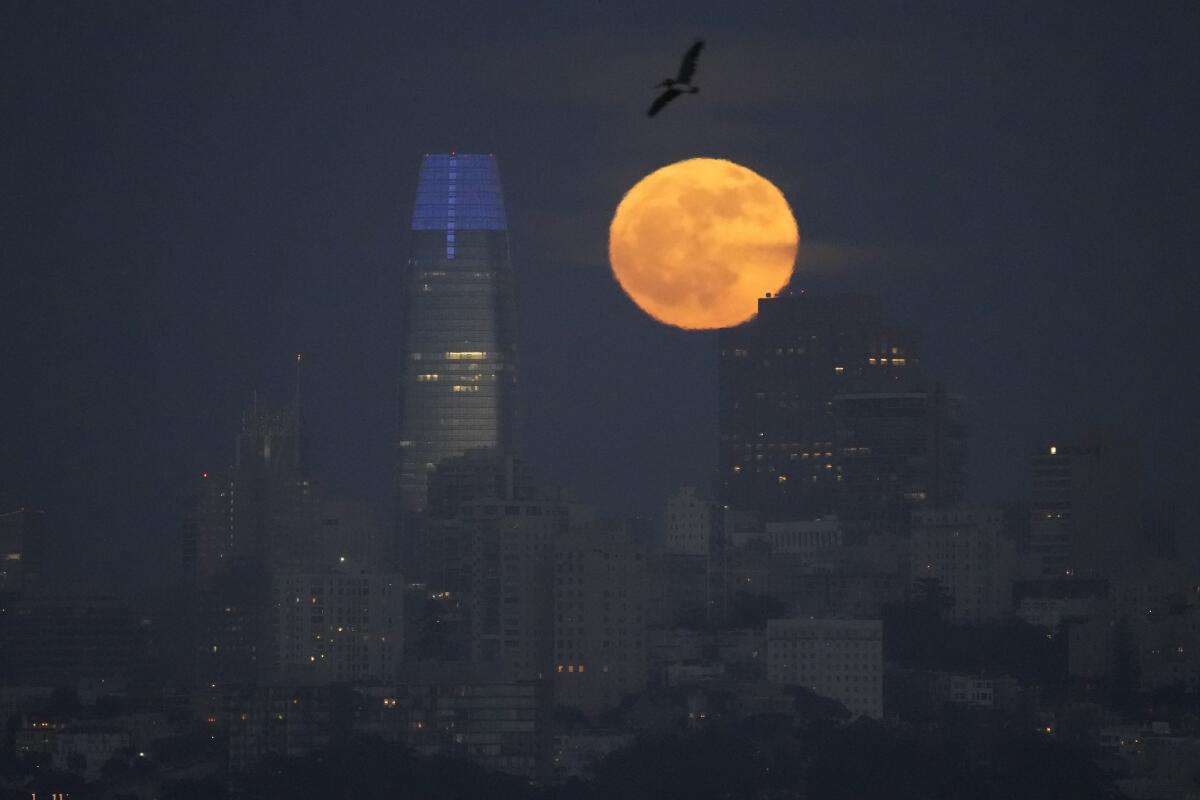Mark your calendars and prepare for a celestial spectacle! This Friday night, right after the start of summer, the sky will present another exciting event: the full moon, famously known as the "strawberry moon." This enchanting phenomenon is not just a sight to behold, but it also carries rich cultural significance and scientific intrigue.
What You Will Learn
- The significance of the strawberry moon and its cultural origins.
- When and how to view the strawberry moon in your local area.
- The science behind the moon’s appearance and its effects on the night sky.
- Interesting facts about how the strawberry moon relates to seasonal changes and folklore.
The name "strawberry moon" originates from the Indigenous Algonquin tribes, who used it to indicate the time of year when strawberries ripen and are ready for harvest. This connection to nature adds an extra layer of appreciation for the event, reminding us of the cyclical changes in our environment. As we look forward to this special evening, let’s explore the fascinating aspects of the strawberry moon.
As the moon rises low in the sky, it will take on a stunning reddish-orange hue, a phenomenon caused by its proximity to the horizon. This low position creates the "moon illusion," making it appear larger and more majestic than usual. As the moon casts its glow, expect the night sky to darken, enhancing the visual experience of this magnificent event.
In addition, the European names for this moon such as "mead" or "honey moon" highlight its sweetness, drawing attention to the rich traditions associated with summer weddings. The concept of a honeymoon dates back to the 1500s, when couples would marry in June, enjoying the beauty of the strawberry moon during their travels.
Don’t miss out on this phenomenal event! Set your reminders and prepare to enjoy the beauty of the strawberry moon as it lights up the night sky.





